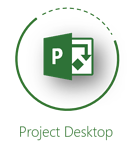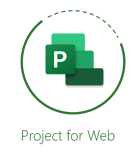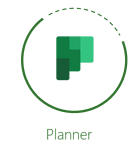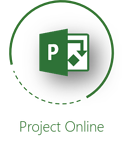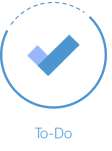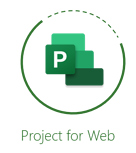Strange times we live in and now more then never, the use of a tool to help organizations to manage and collaborate remotely with their team and projects becomes fundamental.
By the time I’m writing this article Microsoft offers at least 7 products that can be used for that:
Each of them with its capabilities and limitations and the right choice for you will depends on your business and team expertise but in this post we’ll be talking about specifically about Project for Web and how to extend it leveraging Microsoft Power Apps.
The reason why I’m writing this post is to explain one simple thing that I’d have liked if someone had explained me this in the first minute when I started working on this integration.
Power Automate (Flow) only offers you a out-of-the-box connector to Project Online, which is a different product than Project for Web.
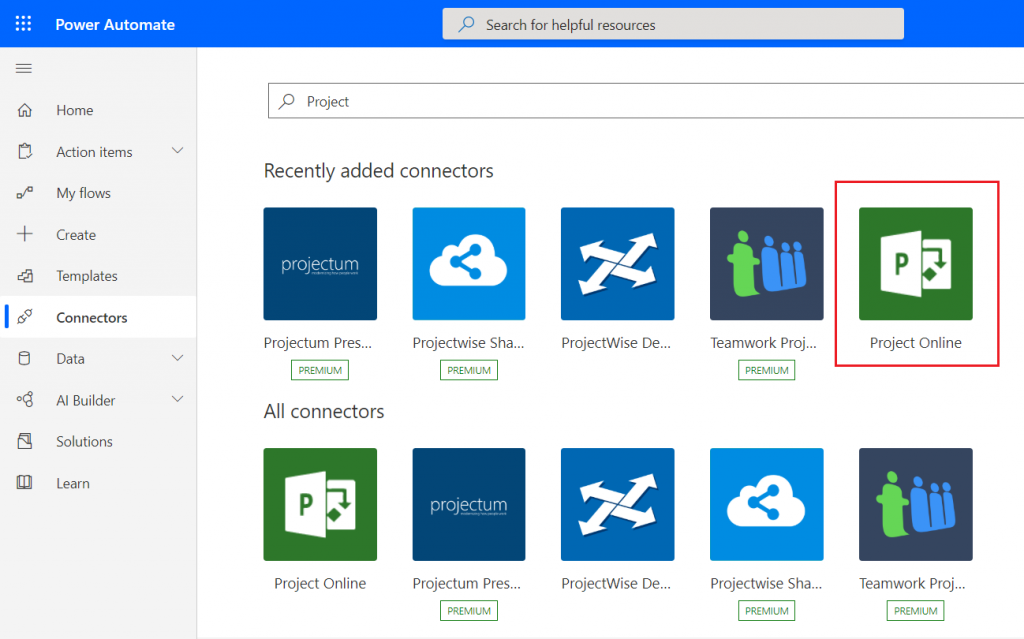
In a nutshell, if you want to integrate Power Apps with Project for Web the connector to be used is the same you use for any other entity within the common data service (CDS).
The reason why is that Project for Web isn’t build upon SharePoint like Project Online but upon CDS, meaning that all the data that you see in your Project for Web instance can be seen within the whole Power Platform.
With that in mind you only need create a flow that meets your requirement and select one of the Project for Web entities that are available within you CDS if licensed (see license information)
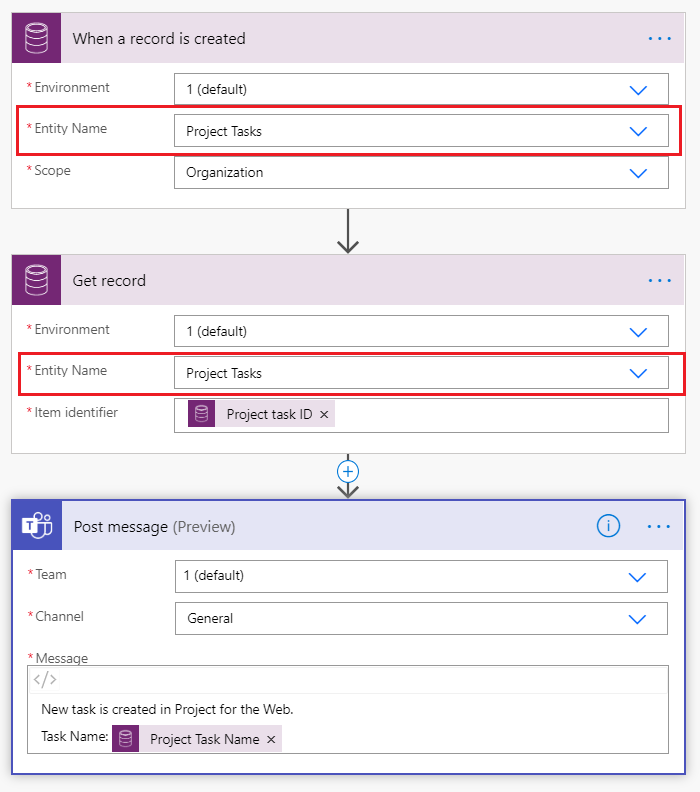
In this example, I created a flow that once a task is created a message is sent to a specific team within my organization.
The bottom line is, the following actions in the Project Online connector will act upon records that are not in the CDS but in the Project Online database.
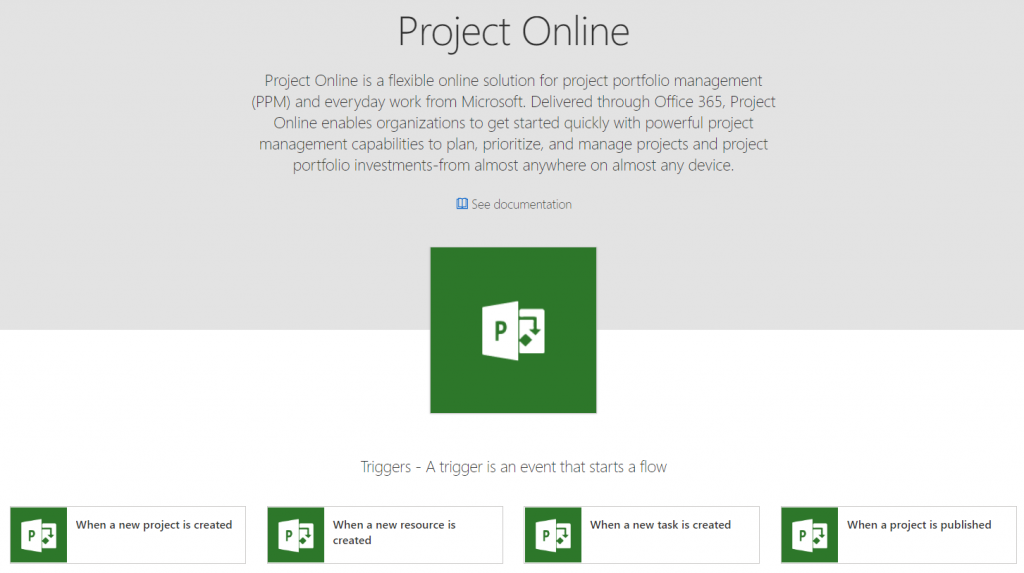
I hope you find this article used as I would if I had encountered it before.

